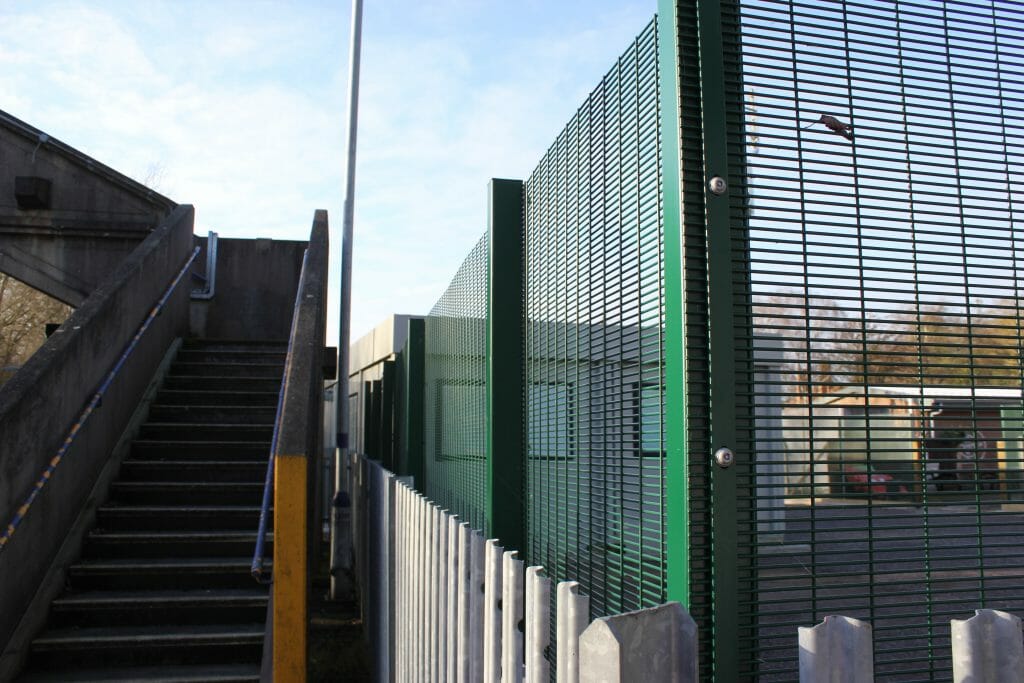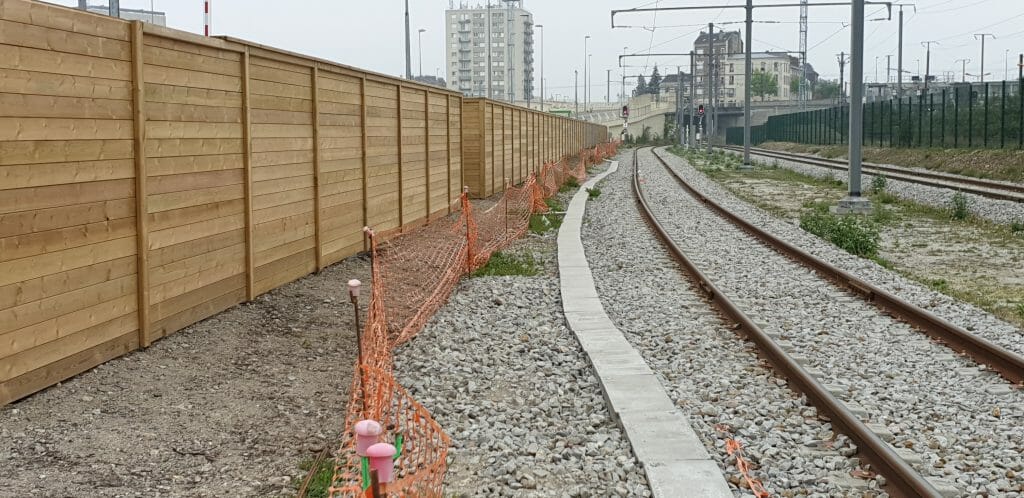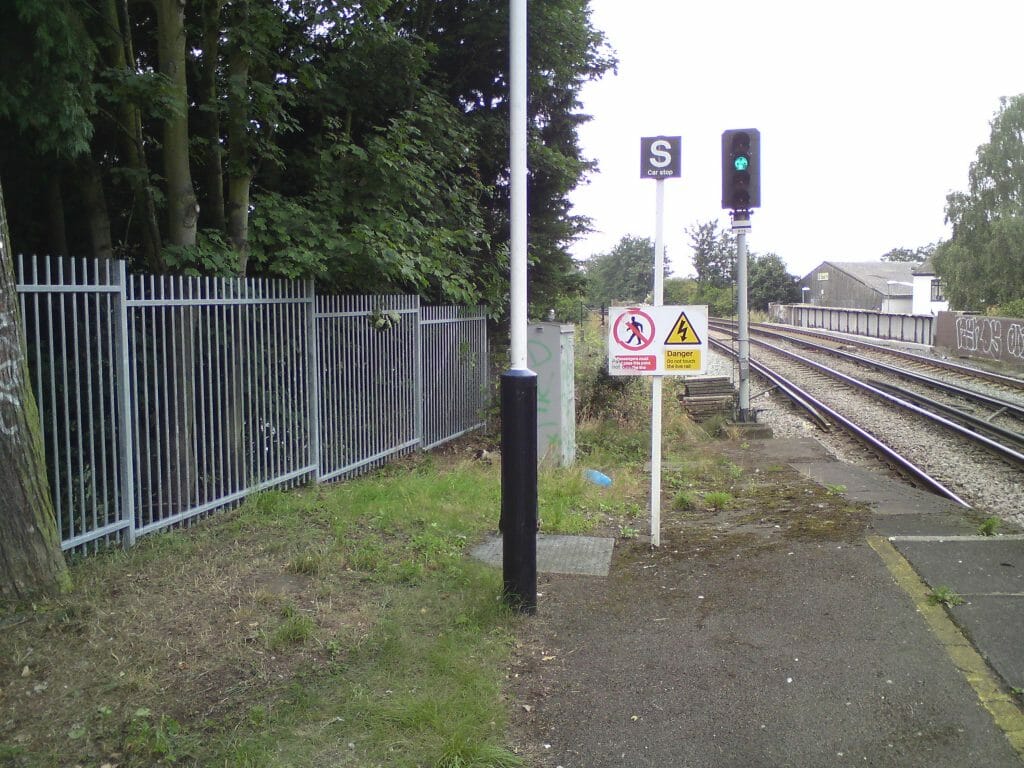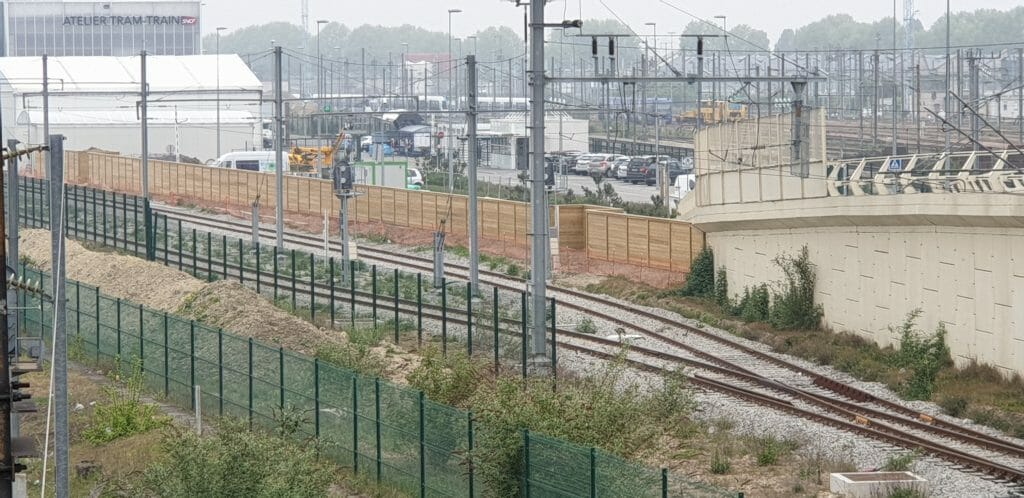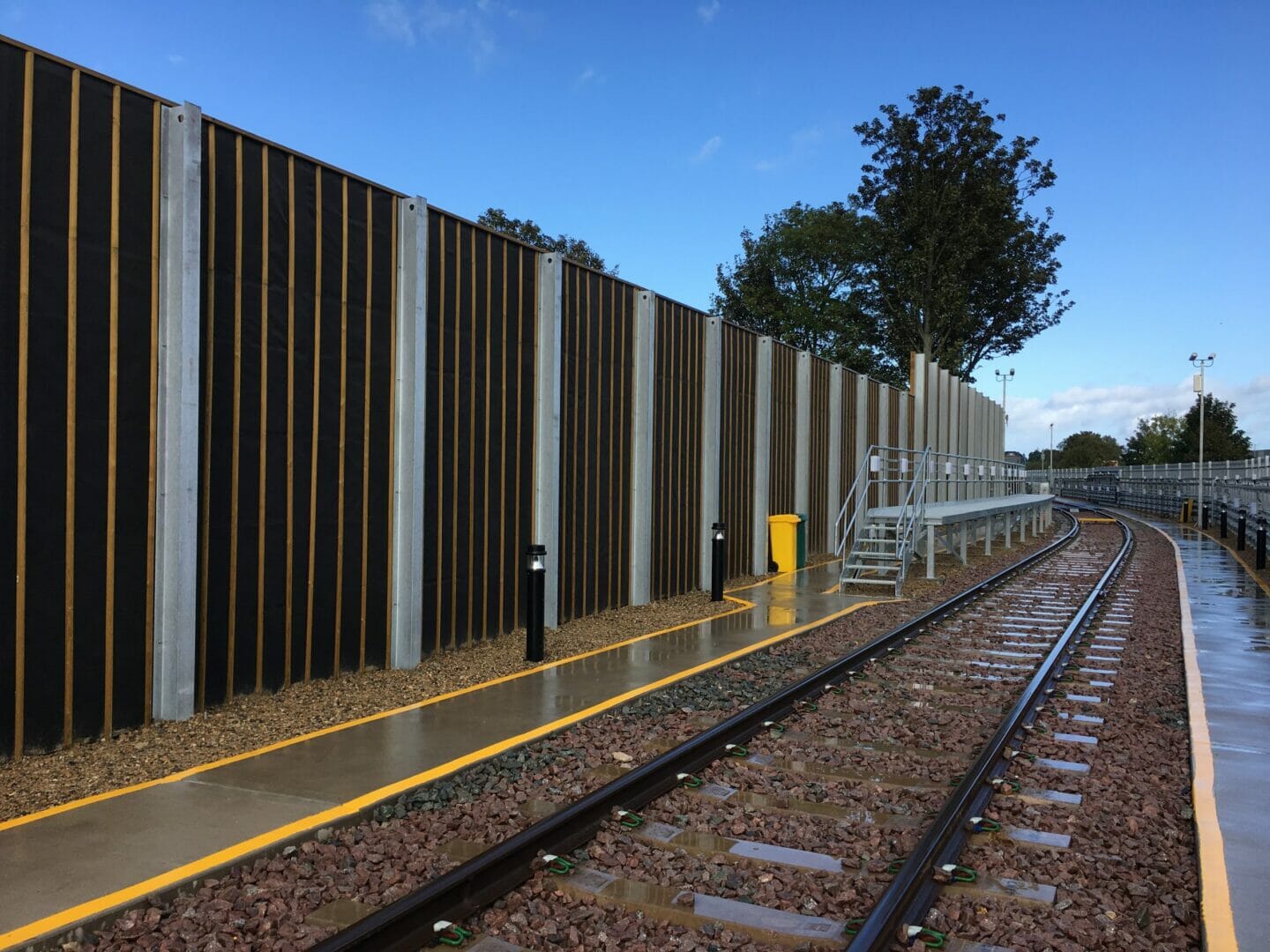
The UK’s population continues to grow and urban centres and transport infrastructure are getting busy again. As a result, security, safety, and noise are becoming ever-increasing concerns for the surrounding populations. Fortunately, there are ample solutions available to engineers, architects, specifiers, and contractors responsible for mitigating these challenges, and it’s encouraging to see this supported by Government at national and local levels, to improve the lives of the communities that live close-by.
The Department for Transport’s record investment in roads, rail, ports, transport hubs, and cities will be gratefully welcomed by those responsible for the further development of this infrastructure. Part of the Government’s capital spending plans will be worth £100bn next year.
This focus on rapid expansion means it’s even more crucial to give detailed and preconceived thought to transport security and perimeter safety. In recent research we commissioned across the UK rail engineering sector, 68% of respondents felt more could be done to help rail engineers understand current standards associated with railway perimeter safety. Engineers specifically said they wanted more outreach from product manufacturers, easier access to product specification, and increased inspection measures.
Physical threats
In this post-Covid world, where there is now an elevated dependency on digital infrastructure, opportunistic criminals have become increasingly focused on targeted cybercrime. The National Cyber Security Centre (NCSC) reported in May they removed more scams in the last year than in the previous three years combined, so there’s no wonder this hacking of IT systems continues to grab the attention of the media today. However, there remains a real need to be wary of physical threats on the frontline of railways, motorways, and port facilities. To ensure everyone using our newly updated and extended transit routes are kept safe, perimeters must be designed specifically to deter malicious and life-threatening attacks. They must also be able to cope with issues such as end-user safety, emergency access, risk management, and pressing environmental concerns, such as increased temperature, unpredictable weather, noise pollution, and animal welfare.
In the wake of Grenfell, product compliance, risk management, and accountability are increasingly essential for specifiers. It will be imperative for engineers to better manage their risk by using quality brands, using correctly certified systems and by focusing more tightly on the safety of end-users.
Criminal behaviour is surging post-pandemic
Our survey found that today the biggest threats to railway safety are ‘vandalism’ and ‘trespassers with criminal intent’. As lockdown measures ease, multiple counties across the country have seen vandalism, theft, and anti-social behaviour rise significantly. With extensive railway projects such as HS2 and Crossrail gathering momentum, preventative measures to minimise the risk of accidents and criminal incidents must be considered carefully by the engineers responsible for these designs, from the very beginning of the project.
Despite the multitude of threats against transport infrastructure safety, there are a range of very practical solutions on the market that will ensure the transport network is secure, efficient, compliant, and environmentally sound.
To break it down, there are six key considerations when specifying transport security solutions. Specifying the most appropriate type of barrier is an important decision for industry professionals working on transport infrastructure projects.
So, what should you be looking out for?
Face value
Begin with a thorough assessment of the site, this will help you to decide how important aesthetics are for your security barriers. Our survey revealed this is not always considered a top priority. However, there is a wide range of products available on the market that look good and still suit the location in question, and most importantly, these options still offer very robust protection.
Value for Money
Next, think about the lifetime value of the specified products, a focus on durability and longevity will help mitigate budgetary cost pressures. If fencing can be easily vandalised, this can incur further costs. Tamper-proof panel connectors with fixings on the secure side of the fence provides a simple solution that is often overlooked.
By the book
Thirdly, meet safety and sustainability compliance requirements. The best suppliers will advise on what’s needed to meet certain standards.
Maintain
For any site, investing in the longevity of the chosen security fencing will save money on costly repairs and deterioration in the long term. It is essential that ongoing maintenance of fencing and gates is regular and thorough, particularly in the winter months. You’ll find that certain materials and fixings are easier to care for long-term than others.
Look for polyester powder coating rather than traditional paint, which ensures the coating won’t chip or crack and will retain a glossy finish. Or select a galvanised or zinc alloy-coated steel to protect fencing from corrosion or rust, and guarantee durability.
For projects on a strict budget, cost savings can be made by avoiding specifying higher security fencing than is needed for the site. Remember that opting for fencing without a guarantee may save some money initially but will incur costs and require replacing far sooner than fencing with a comprehensive guarantee.
A systematic approach
We often refer to an integrated approach to security and combining perimeter fencing with additional surveillance and alarm technology where required will help achieve this. Systems are available that combine security fencing with CCTV cameras, and anti-intrusion detection alarms and monitors.
When adopting an integrated approach, maintenance of security measures needs to be factored in. After all, there’s not much point in spending substantial amounts of money on security if you’re not checking regularly that it’s working.
Perimeter fencing will only ever enhance a security strategy, and when specified correctly, alongside electronic security systems, it will create a robust level of physical protection, making the site far less appealing to intruders.
A problem shared is a problem halved
Consulting with manufacturers will aid a full understanding of the solutions that are available. We advise investing time in making use of suppliers’ website information, product videos, NBS Source, and expert advice.
Certified products checklist
If you decide to specify a ‘tested and certified’ fence, gate, or barrier for a transport site it’s imperative that you follow this checklist:
- Obtain proof of certification from your supplier
- Be sure of your fencing’s suitability to site-specific ground conditions
- Check specifications to ensure effectiveness against specific threats
- Specify appropriate coatings especially for use in corrosive atmospheres
- Installation in accordance with manufacturer’s specifications
- Regular testing and inspections for condition, damage and operation
- Regular maintenance to prevent premature degrading
Sharing the load
Responsibility for transport security doesn’t rest solely on the policymaker’s or owner’s shoulders. Engineering industry professionals involved in developments, designs, and specifying for rail, road and port projects also have a significant part to play in mitigating transport risks and noise pollution. Our research has shown that this is not always easy, due to lack of time at the specifying stage, tight budgets, and gaps in knowledge regarding the products available.
It’s clear that while high security and acoustic barriers may require a higher initial investment, they are essential for protecting infrastructure, passengers and the general public from harm. Investing in educating industry stakeholders and furthering research will help to bring specifiers up to speed with wider issues such as sustainability and compliance with industry standards. Reputable suppliers are ready and willing to assist, by sharing in-depth knowledge of what the latest security products can achieve, and working to tailor solutions to unique project needs and cost projections.
With improved guidance, industry professionals can gain a better appreciation of the transport security agenda and the benefits of high security barriers to society. We hope that industry professionals will have the confidence to choose the most appropriate, cost-effective security solutions to provide lifetime value and protection for decades to come. There is so much scope for the industry to do and be better, now is the time to implement these changes to better ourselves and improve the safety of those who rely on our transport infrastructure.

